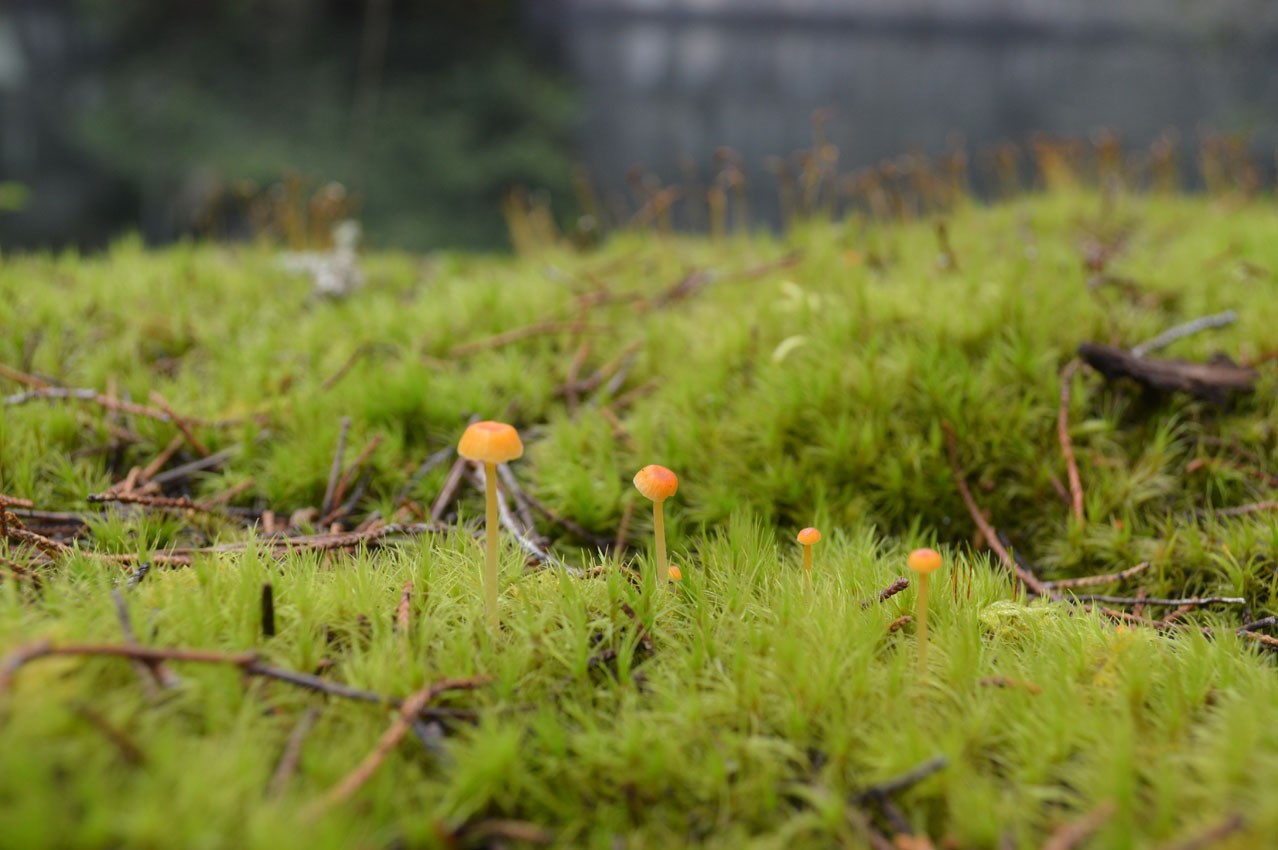
On March 4, VMDO’s Sustainability Working Group sat brainstorming ways to celebrate the 50th anniversary of Earth Day. We had the momentum of the Fridays for Future Movement, the AIA had dedicated itself to climate issues through “the Big Move,” Democratic presidential candidates were debating who could be the most transformative on climate action, and a sea change was happening in the Virginia State Legislature – the clean energy transition that had seemed almost impossible a year ago was being set in motion by the House of Delegates. It was (and still is) an amazing time to celebrate the birth of the environmental movement.
Then COVID-19 happened, and life as we knew it completely changed.
With the stress and uncertainty of this unprecedented moment, who wants to talk about the urgency of climate change? Yet it is precisely now that Earth Day matters most. We are being given a rare opportunity to see our society and our economy from a completely different perspective – and that may hold the key to a better future.
What have we learned from life during COVID-19 that might apply to climate action?
In an interconnected world, we must work together. Viruses do not respect borders, and neither does climate change. What has given me hope during this crisis are the actions people are willing to take not just to safeguard their own health but to support the health of others – from sewing extra masks and 3D printing face shields, to practicing physical distancing, to volunteering at local food pantries, to helping elderly neighbors. Today, for the first time in recent memory, there is global awareness that individual health is almost completely reliant on the health of others. This now visceral understanding of our interconnectedness may be the key to finally changing how we live in order to protect not just our health but that of future generations. “Flattening the curve” also has its parallels to climate action; we are at risk of overwhelming the earth’s capacity to remove CO2 from the atmosphere, but global, collective, and immediate action can reduce peak emissions and avert the worst outcomes.
Rapid, massive global change is possible. As a result of a clear and immediate threat, almost overnight the global economy has radically shifted to stop the spread of COVID-19. Businesses have pivoted their models to provide contactless and virtual services. Funding appeared to help some small businesses weather the storm. A great mobilization worthy of the military ensued as many of us rapidly transitioned to improvised home offices. Travel was canceled, and previously face-to-face meetings became virtual. Obviously, many parts of this radical pivot are unsustainable, as joblessness rates skyrocket, service industries are devastated, and the economy slowly grinds to a halt. However, we have a rare opportunity to reflect on how we have been operating up until now, and to identify what we want to keep and what we want to change when we rebuild. For example, in light of the improved air quality around the world right now, what new criteria will we put in place for deciding if and when we should travel?
Catastrophes exacerbate inequities. What was touted as a great equalizer at the beginning of March—”COVID-19 affects everyone” — has just highlighted how much more our most vulnerable suffer. Only the very lucky can work from home and order grocery deliveries and complain about quarantine boredom. Whether it is pandemics or climate change, a majority of negative effects will be felt most by those whose health has been compromised by generations of inequity. For example, exposure to pollution has been cited as a health risk factor for those most affected by COVID-19. The communities that surround and live downstream of our most polluting industries and our busiest roads are those that feel the impacts of pandemics, extreme weather and economic instability the most. As Rhiana Gunn-Wright so elegantly put it, “the same populations that are bearing the brunt of the health and economic effects of the coronavirus are the same populations that bear the brunt of fossil fuel pollution – which, in turn, makes them more vulnerable to serious complications.” These populations will continue to bear an unfair share of the burden until we collectively act as if individual health is tied to community health, in terms of both COVID-19 and climate action.
Nature really matters. Many of those who struggled to establish a new rhythm in isolation began integrating regular doses of nature into their daily routine. Never has a walk outside felt like such a key component of our physical and mental health. As the radius of our daily lives has shortened and the pace changed, many of us are rediscovering the wonder of nature – not in the pristine preserves of the Galapagos or Yosemite, but right here in our backyards and public parks. In Virginia we have had the good fortune of being quarantined during a long, rolling spring, and many of us have had the opportunity to watch a single cherry or redbud unfold its full beauty over the course of days. During this period of uncertainty and fear, new gardens are appearing everywhere as people find hope in seedlings and solace in having their hands in the soil. Nature restores us in all its forms.
Earth Day is as relevant today as it was in 1970. The best idea that emerged from our VMDO meeting back in March was to launch a campaign that celebrates the places and moments that inspire us to act on climate. Perhaps the opportunity COVID-19 is giving us to live differently will inspire us to act more decisively – and collectively – to support the Earth’s long-term health.
About the Author
Michelle Amt, AIA, LEED AP BD+C, WELL AP, is Director of Sustainability, Senior Associate with VMDO Architects. She is an architect with more than twenty years of national and international experience covering a wide range of project types
This piece originally appeared in VMDO’s Architecture blog.
